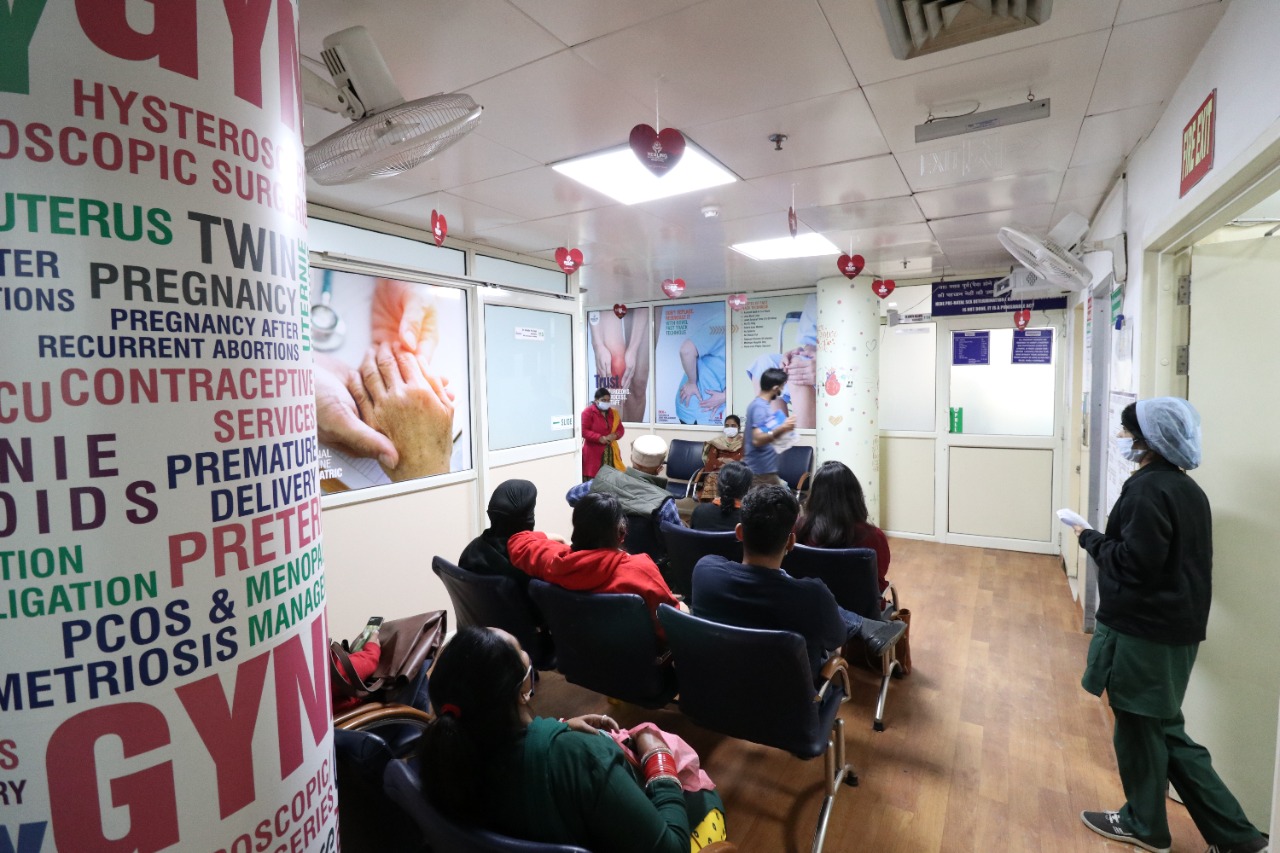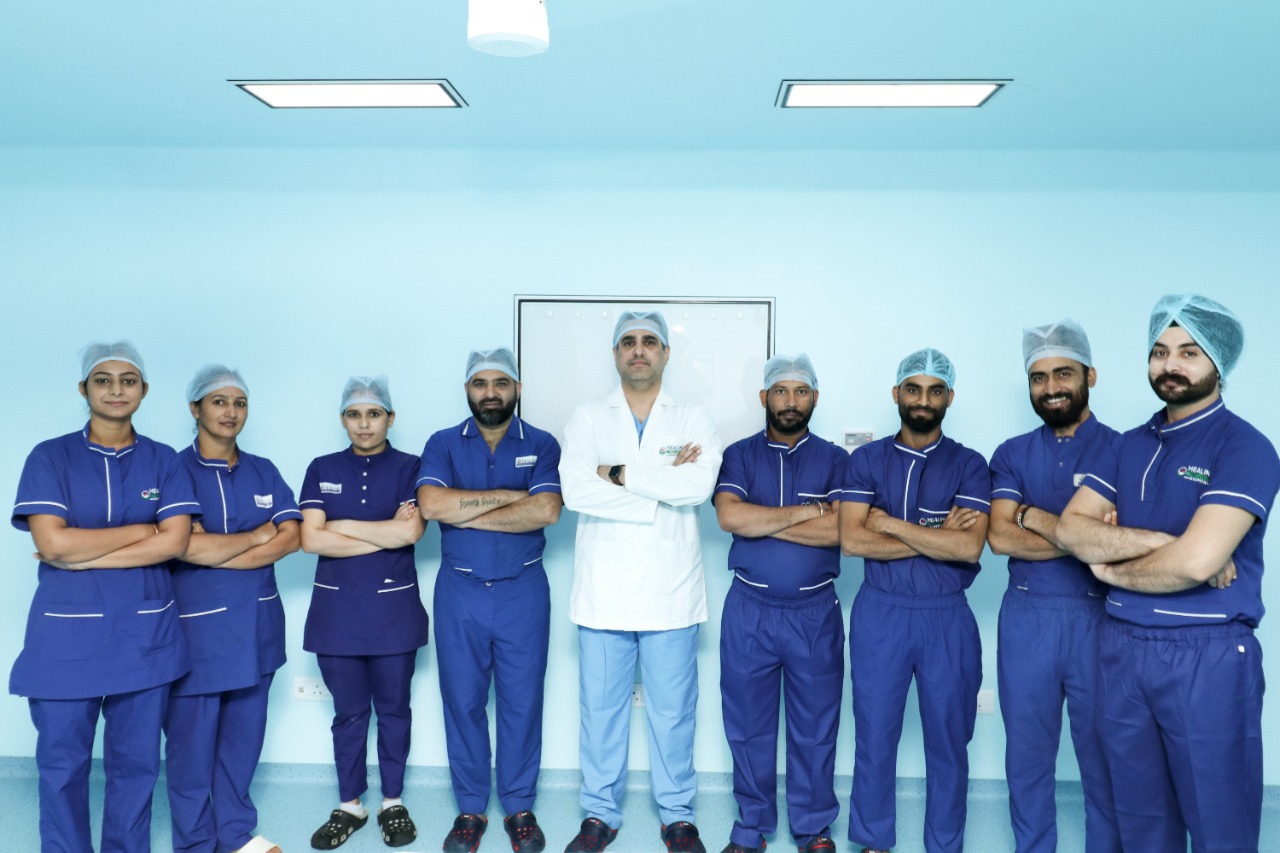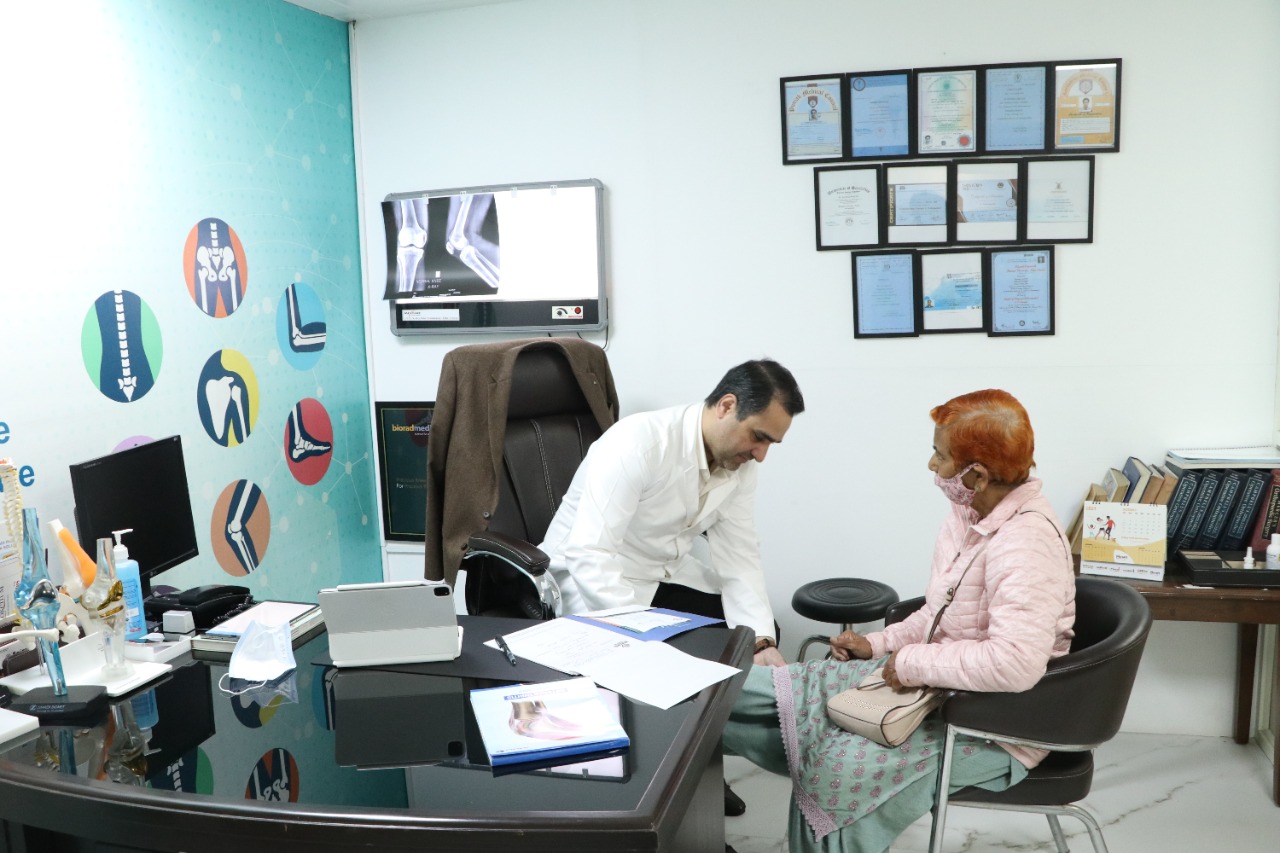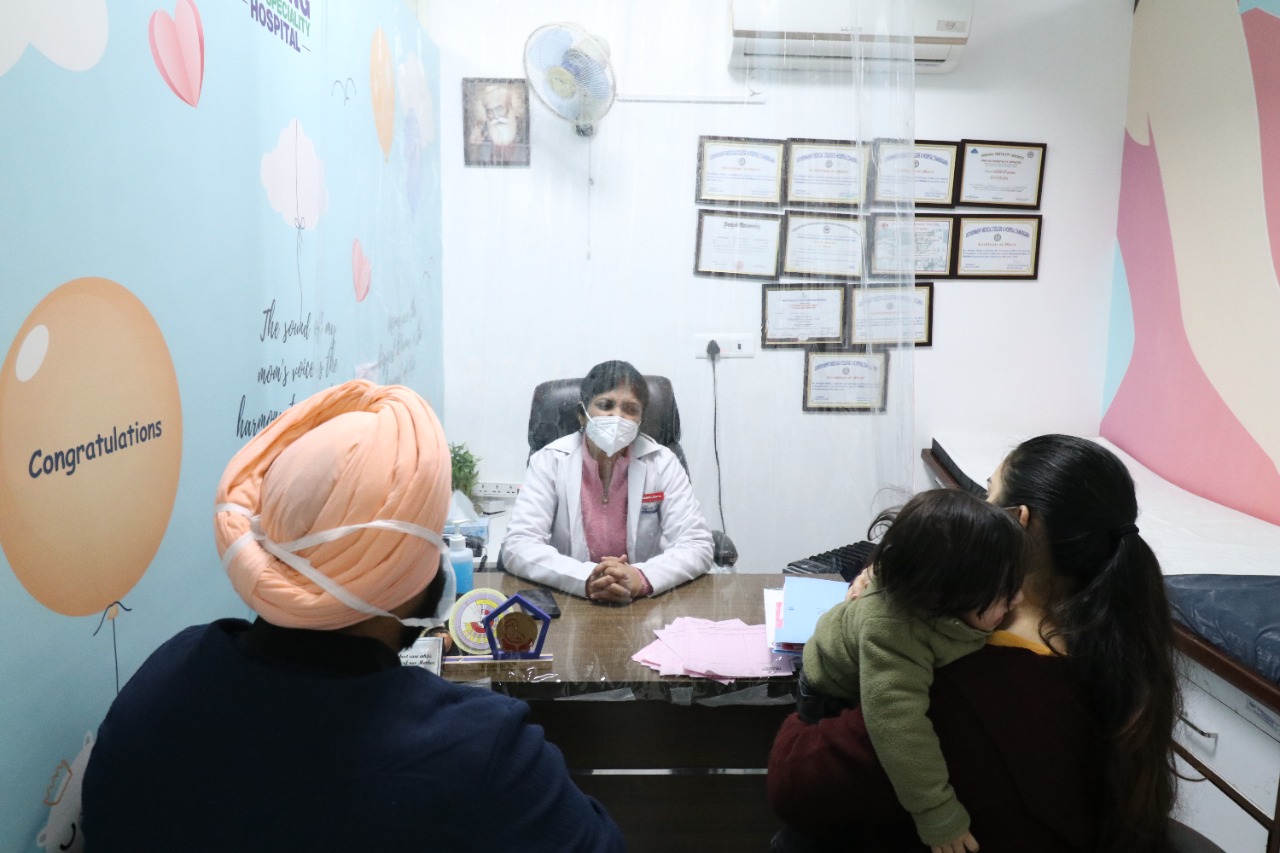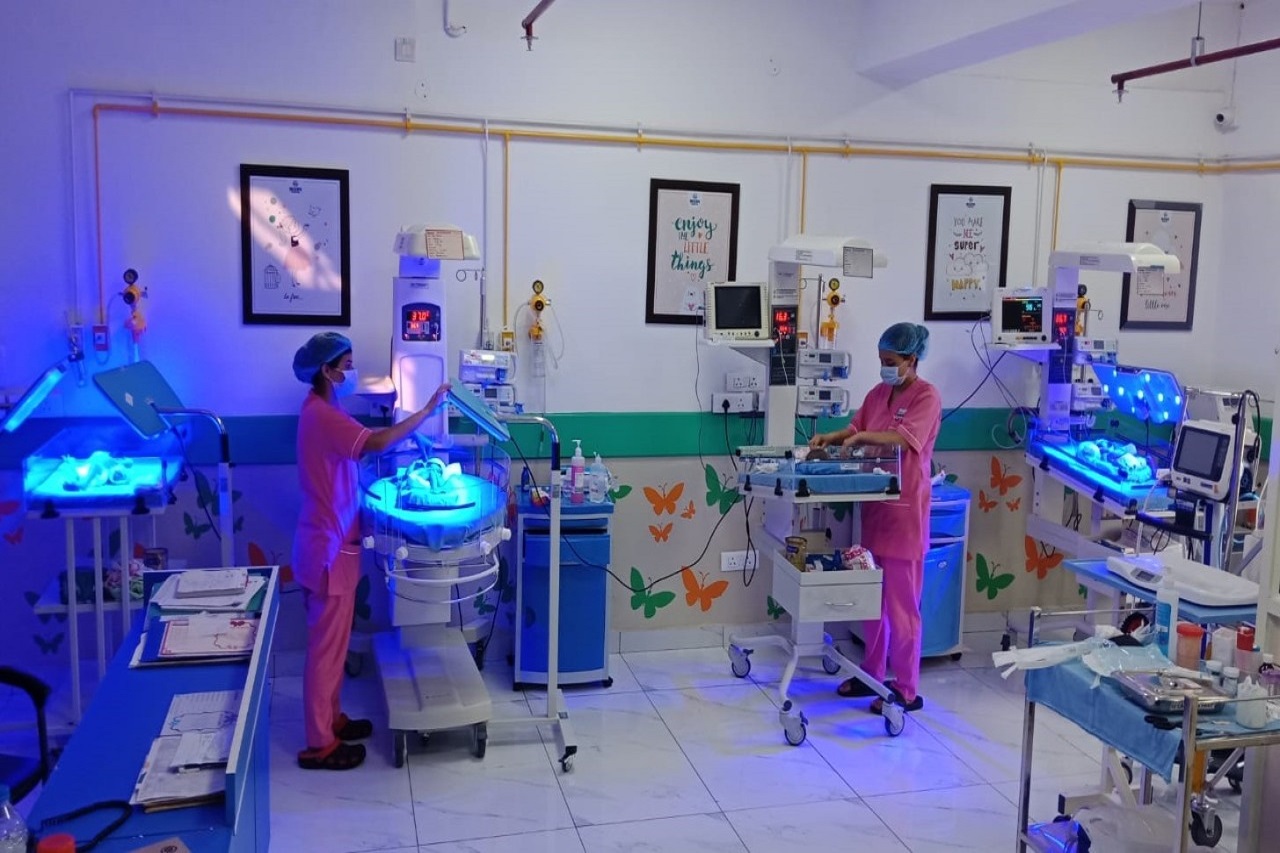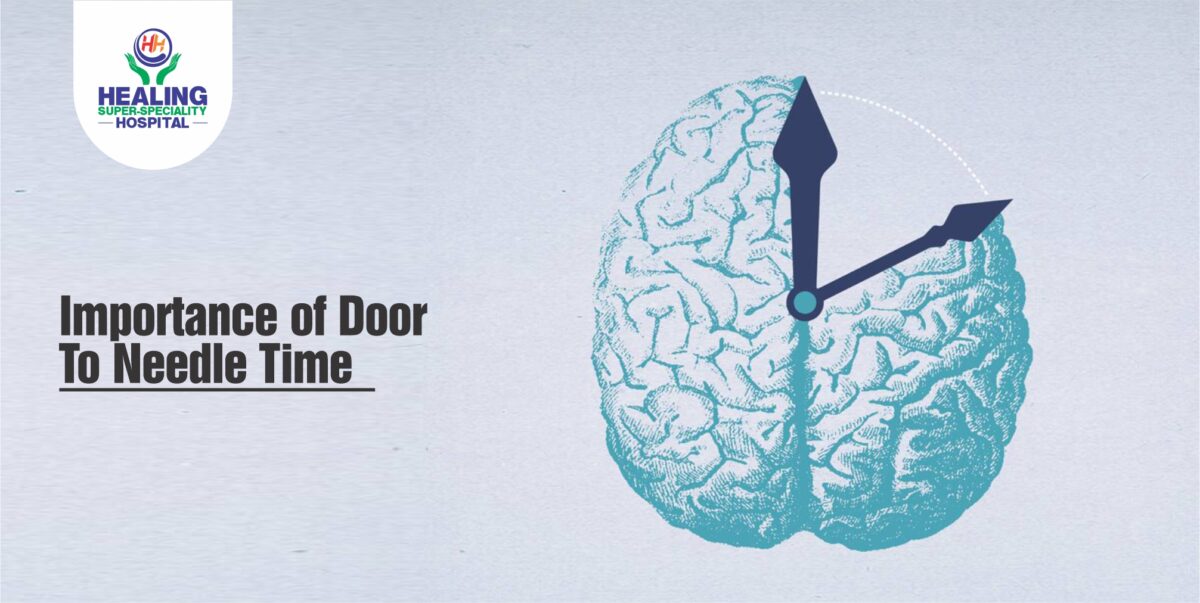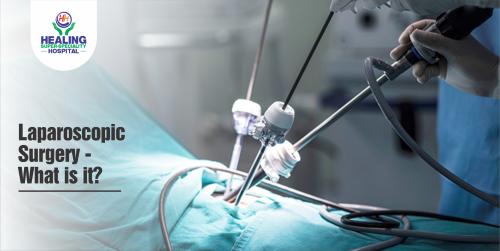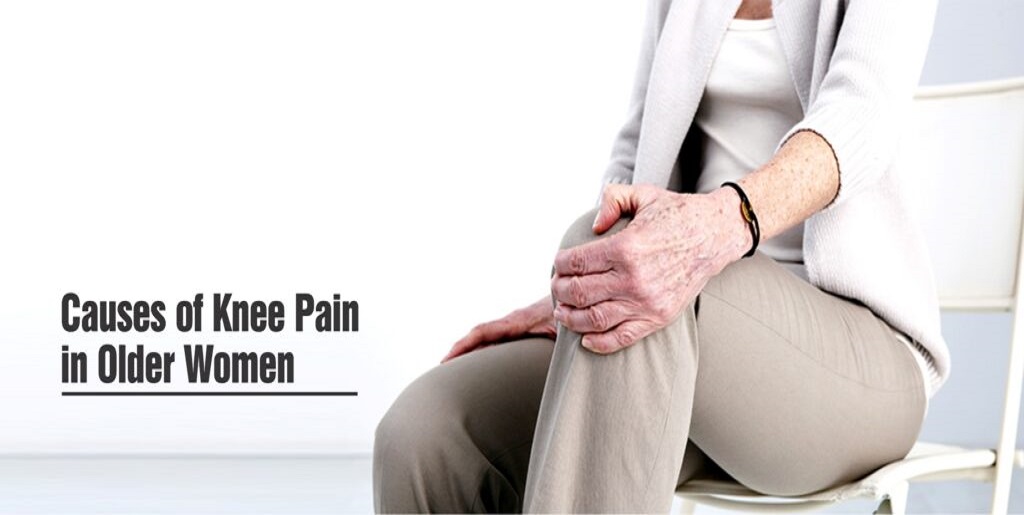Knee resurfacing is a new, less invasive surgical treatment option for patients with mild knee arthritis that allows them to keep more of their bone and cartilage while maintaining knee function.
Osteoarthritis or arthritis is the most prevalent cause of chronic knee pain in people over 50, which usually affects women more than men. A femur or thigh bone has two different surfaces called condyles that sit on the tibia or shin bone, forming two compartments. A third compartment is located behind the knee cap in the front of the knee. Each compartment’s bones are separated by a thin layer of cartilage that prevents the bones from rubbing against each other.
Usually, only one compartment is affected by arthritis, while the other two remain unaffected. In knee resurfacing, the damaged cartilage in the compartment is removed and replaced with metal and polyethylene, leaving the ligaments, meniscus, and cartilage intact.
The knee joint can be preserved and total knee replacement can be avoided or delayed for a long time or forever if one gets knee resurfacing surgery at the correct time.
Also Read: https://healinghospital.co.in/how-long-does-it-take-to-recover-from-knee-replacement/
When is Knee Resurfacing Required?
Knee resurfacing can be understood in three ways:
- Unicompartmental knee resurfacing: It is a procedure that exclusively resurfaces the damaged compartment of the arthritic bone, whether the medial or lateral compartments are involved.
- Multi compartmental knee resurfacing: It resurfaces two of the three compartments of the knee that have been damaged by arthritis or degeneration.
- Patellofemoral knee resurfacing: It resurfaces the worn patella and trochlea of the femur (the grove at the end of the thigh bone), which together form the patellofemoral joint.
A smaller incision, less pain, less swelling, and a speedier recovery are all advantages of knee resurfacing. Your knee will be as close to normal as possible, feel normal, and be as flexible as possible, allowing you to live a normal life.
Because only diseased cartilage is removed here, the procedure takes less bone than in a total knee replacement. Unicompartmental resurfacing has a very low wear rate, allowing it to last a long time. There’s also a good chance you won’t require any more knee surgery.
However, if you need a knee replacement after a long time, it will be a simpler procedure because the remaining knee will be retained, and the outcomes will be as satisfying and long-lasting.
At the same time, it is also true that knee resurfacing is a more challenging procedure for which only a few doctors are well-trained. Healing Hospital has experienced orthopaedic surgeons who have been performing successful knee resurfacing surgeries for years. To book an appointment for knee resurfacing in Chandigarh, click here: https://healinghospital.co.in/totalkneereplacement/









